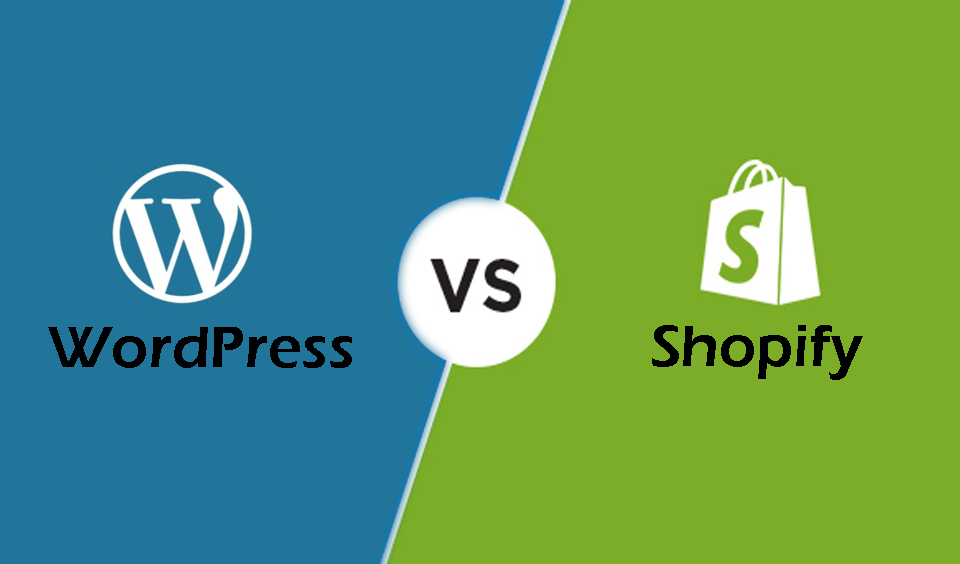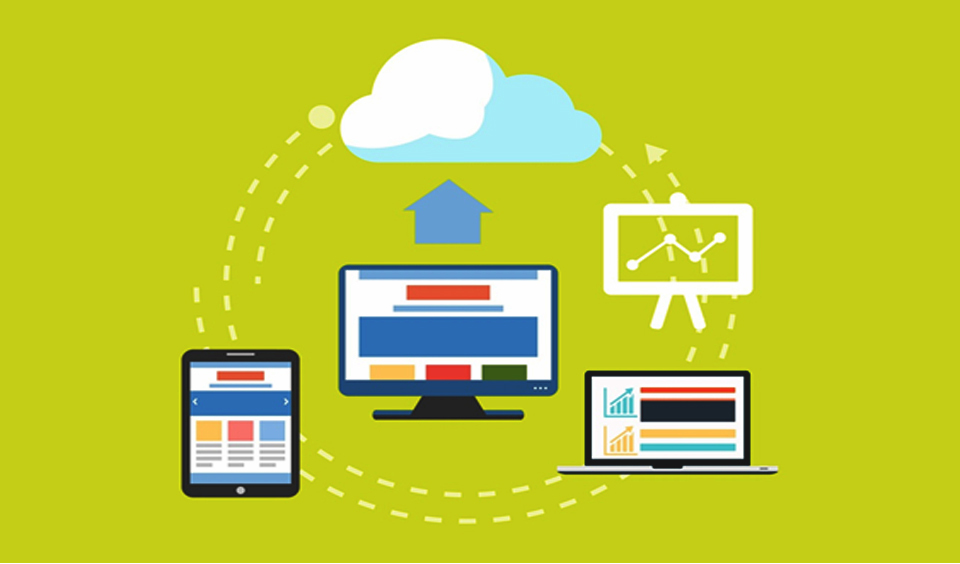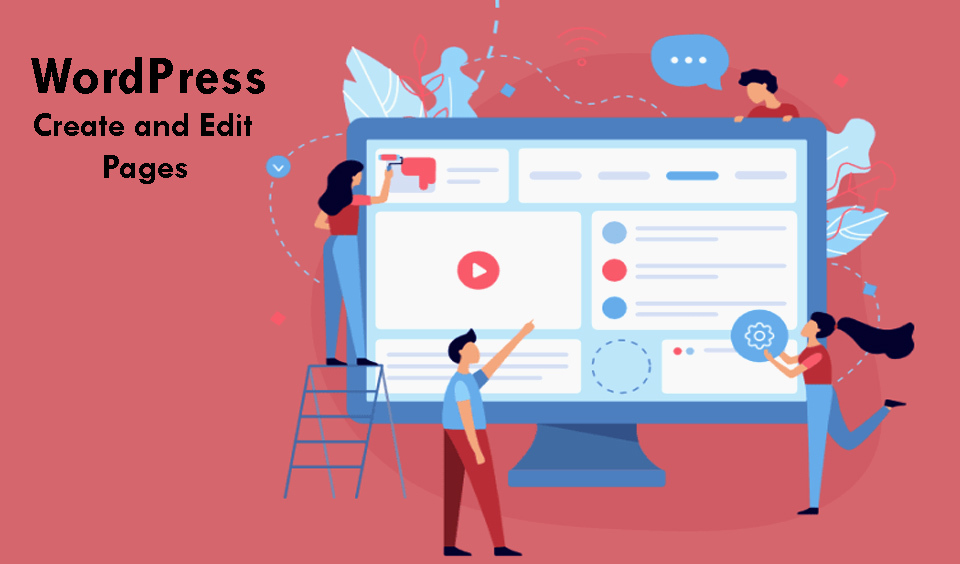So, you have a great business idea, you’ve researched it, created a business plan and got to the point where a website was to be built. You selected WordPress as your content managing system (after all, it does power nearly 30% if the Internet today) and you’re now ready to continue with the very important task of deciding on your design.
Of course, you may want to rebrand your existing site and therefore, to create a new and improved experience for your users by choosing the best possible theme.
Why choosing carefully is extremely important?
The good news is that right now, there are hundreds, thousands of WordPress themes and more are being developed each day. This means that you would have an extremely wide range of choices, so even if you don’t invest in a custom developed theme, it’s likely that you’ll find something very close to your ideal design.
The bad news is that if you are not careful on what you select, you may spend an enormous amount of money and efforts and later discover that for some reason, this theme doesn’t work for you.
Perhaps it lacks the possibility of integrating a specific feature, or the design doesn’t render very well on a given browser, or the code too heavy and you cannot optimize your site for speed without removing half of its options – these are all things that must be considered beforehand.
Doing your due diligence can save you money, time and headaches – make some time to understand the challenges you may face and you will not get an ugly surprise halfway through the development of your site.
So, How to Choose the Right WordPress theme?
Many of the customers we work with seem to appreciate a piece of good advice on this topic, so our team got together and everybody brought up some useful insight that should be considered when you’re choosing your WordPress theme.
We’ve also published this equally amazing article on how to get the best of your WordPress site with a few simple tweaks, so don’t forget to check that one out as well.
So, let’s all grab a cup of coffee and see what the Fixed experts recommend.
1. Go for a premium theme
This is somewhat debatable, but in all honesty, if you aren’t a young blogger or a fan of very minimalist design, chances are you may not find what you’re looking for.
There are a lot of nicely designed, free themes available and while there is nothing wrong in using them, they usually are quite limited in functions. This is an investment like many others (and it’s a quite reasonable one, usually), so don’t hesitate to choose the best for your business - it will pay off.
If there is one firm rule you should follow, that would be to never use a nulled (stolen) theme.
If you’re working with a developer, make sure that your theme was legally purchased and if you’re working on your site yourself, definitely avoid downloading pirated themes. The stolen themes will come with no updates, no support and it’s almost guaranteed that either they are infected with malicious code (just like pirated software) or they will get outdated at some point and become an easy target for hacker attacks.
If you are at a point where you cannot purchase a premium theme, it’s a much better option to stick with the free ones until you are ready to invest. The Wordpress repository is a good place to start, but if you Google “free WordPress themes” you will likely discover tens of articles pointing to cool templates.
2. Start by considering your own needs
This seems like an obvious step, yet more often than not is being skipped as people are impatient to start browsing the themes. But if the theme is already adapted to your needs, the work you’ll need to do later would be less for sure.
For example, say you have a hotel – searching for a theme with an already developed booking feature would save you the trouble to research for an additional plugin that does that.
Or perhaps accessibility is important to you? Make sure your theme can be easily transformed into a more accessible version of itself according to the recommended best practices.
You need to consider several things, such as whether your business requires specific options (such as the booking feature from the example above), what priority you give to the characteristics you look for in a theme (e.g. speed before visual effects) and so forth. In other words, create a list of what you want and see if you can find it all in one theme.
Keep in mind multipurpose themes usually have a lot more demos (suitable to different businesses), however, they are also packed with fewer features than the thematic ones.
3. Check the changelog to see if the theme is updated regularly enough
In WordPress, updates happen quite often due to security patches, new features etc. These updates usually happen every few weeks and as repeatedly said by the WordPress community and experts, it is strongly recommended that you follow through with them. Aside from the new options, updated version prevent website attacks by patching up vulnerabilities exploited by hackers.
In order to keep being compatible with the newer versions, themes and plugins are also updated with regularity. Of course, they also release new options and newly developed features.
One of the first things we look for in a theme is whether regular updates are being released (at least every few couple of months). This ensures that a) developers continue to put the effort in their product and b) we will not end up with a theme that is going to be incompatible with everything else a few years from now.
The changelog is usually located somewhere in an accessible to the potential buyers place (in the case of ThemeForrest, one of the largest marketplaces online, it’s usually placed at the bottom of the page).
4. Read the reviews
This is again quite an obvious step, but also an important one. Not only you can see what possible issues you may experience, but you can also see how product support is done.
For us, the way the respective developer team replies to possible problems is very indicative of whether or not optimal efforts will be made to solve the potential issues. Good customer service and proper technical support is part of the deal and sometimes, we have skipped the purchase just because those were apparently lacking.
All in all, keep in mind there is no perfect code, so do not look for a theme with no technical issues at all, but for one where developers are active in resolving these technical issues.
5. Consider your own level of technical skills
If you are creating your website yourself, you need to make sure the theme you choose will be easily manageable by you according to your level of technical expertise.
While many themes will have a builder integrated, there are still themes that do require at least basic HTML and CSS skills in order to make significant changes.
Builders do make this jobs way easier, so if you are not an expert, aim for a theme that has a builder such as WP bakery, Visual Composer, Elementor, Divi and so forth.
Moreover, the most popular builders also have paid add-ons (additional elements) that you can purchase and expand further the possibilities of your site.
For example, you may want to create price packages and you find out that you don’t like the design of those already available in your theme – you can always look for add-ons for your builder that will offer additional choices for this specific element.
The key is to understand to what level you will need to customize your theme and whether you can do it (or have the budget to pay someone else to do it).
6. Prioritize the right features according to what is popular now
While we already covered that you need to look into your own business needs, it’s equally important to understand what are the vital functionalities according to the user and marketing trends of the moment.
At the time we write this article, for example, good site speed is crucial to any site. If your site is slow, there is almost no visual effect or functionality that can compensate for this.
Users want speed and they are quick to abandon those, who don’t deliver it. And since not all themes are created equal when it comes to loading speed, it will be a good idea to try and test your potential theme for speed.
You can use a free tool like the popular Gtmetrix or read through the reviews and see if the speed matter has been discussed by other people who bought the theme.
It’s worth noticing that themes packed with a lot of features or fancy visual effects usually will result in slower performance, so keep this in mind when you surf through the various themes.
Same goes for responsiveness – currently, depending on the industry, mobile traffic can make up to 90% of all the traffic you have. While most purchases still occur via desktop, not having a responsive website is a sure way to lose the attention of almost everybody coming via mobile phone. Making sure that your theme is responsive (even mobile-first) is imperative at the moment.
Of course, at some point, new trends will come up and new features will become crucial to your design. That’s why it’s important to educate yourself and stay on top of things by having valid information on what is relevant right now.
That's all from us for today! We hope that you found valuable tips here that you can implement in your search for the perfect theme. You can also read more actionable tips and useful information in our blog and remember, if you need any kind of assistance, our team is ready to help you! Feel free to chat with us anytime or create an account and directly send us a query.





